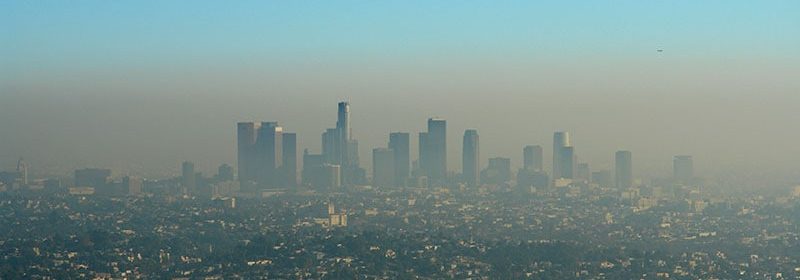Hourly Air Pollution Exposure: A Risk Factor for Stroke

TOPLINE:
Exposure to air pollutants is linked to emergency hospital admissions for stroke shortly after the exposure, with the risk being pronounced in men and individuals aged <65 years.
METHODOLOGY:
Limited studies have investigated the association between hourly exposure to air pollutants and specific stroke subtypes, especially in regions with moderate to high levels of air pollution.
The multicenter case-crossover study evaluated the association between hourly exposure to air pollution and stroke among 86,635 emergency admissions for stroke across 10 hospitals in 3 cities.
Of 86,635 admissions, 79,478 were admitted for ischemic stroke, 3122 for hemorrhagic stroke, and 4035 for undetermined type of stroke.
Hourly levels of fine particulate matter (PM2.5), respirable PM (PM10), nitrogen dioxide (NO2), and sulfur dioxide (SO2) were collected from the China National Environmental Monitoring Center.
TAKEAWAY:
Exposure to NO2 and SO2 increased the risk for emergency admission for stroke shortly after exposure by 3.34% (95% CI, 1.41%-5.31%) and 2.81% (95% CI, 1.15%-4.51%), respectively.
Among men, exposure to PM2.5 and PM10 increased the risk for emergency admission for stroke by 3.40% (95% CI, 1.21%-5.64%) and 4.33% (95% CI, 2.18%-6.53%), respectively.
Among patients aged <65 years, exposure to PM10 and NO2 increased the risk for emergency admissions for stroke shortly after exposure by 4.88% (95% CI, 2.29%-7.54%) and 5.59% (95% CI, 2.34%-8.93%), respectively.
IN PRACTICE:
“These variations in susceptibility highlight the importance of implementing effective health protection measures to reduce exposure to air pollution and mitigate the risk of stroke in younger and male populations,” wrote the authors.
SOURCE:
The study was led by Xin Lv, MD, Department of Epidemiology and Biostatistics, School of Public Health, Capital Medical University, Beijing, China. It was published online on October 30, 2023 in the journal Stroke .
LIMITATIONS:
Using data from the nearest monitoring site to the hospital address may lead to localized variations in pollution concentrations when assessing exposure.
There may be a possibility of residual confounding resulting from time-varying lifestyle-related factors.
DISCLOSURES:
This study was supported by the Zhejiang Provincial Project for Medical Research and Health Sciences. No disclosures were reported.
Source: Read Full Article